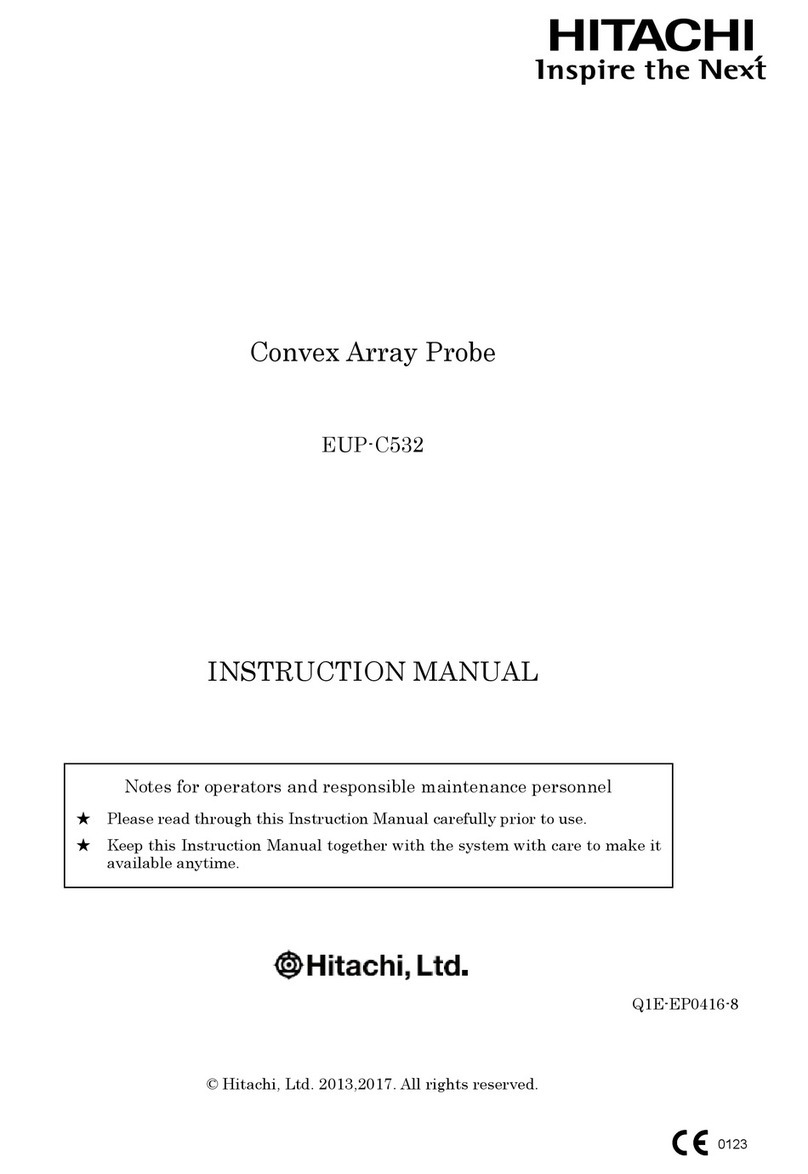Hitachi VC41V User manual
Other Hitachi Measuring Instrument manuals
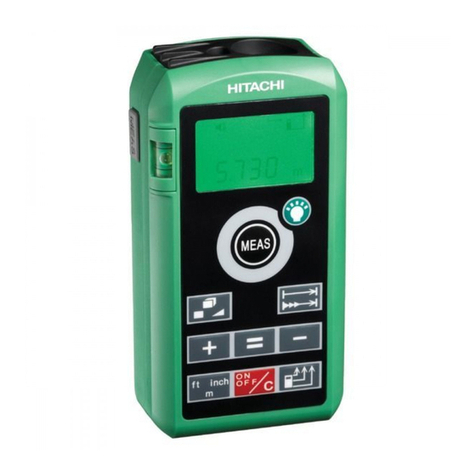
Hitachi
Hitachi UG 50Y User manual
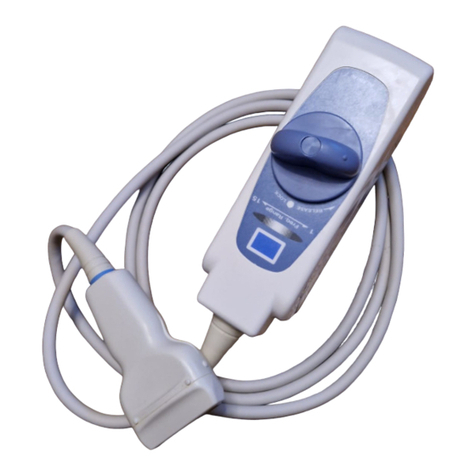
Hitachi
Hitachi UST-5413 User manual
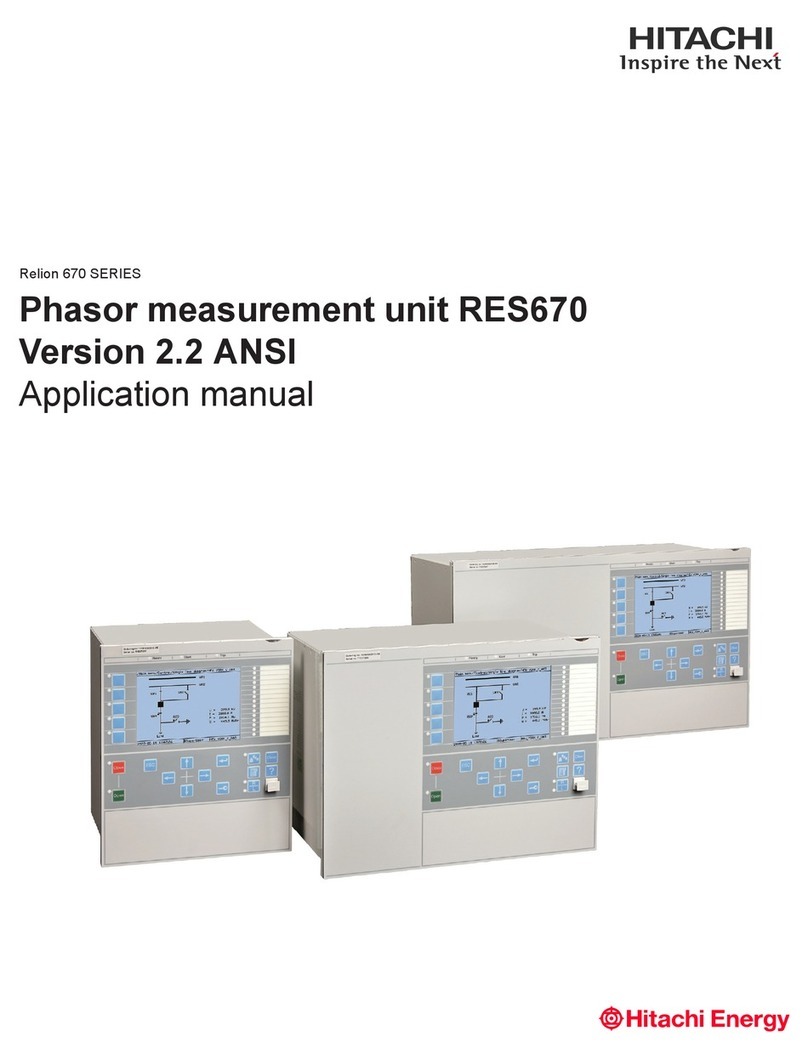
Hitachi
Hitachi Relion 670 Series Instructions for use
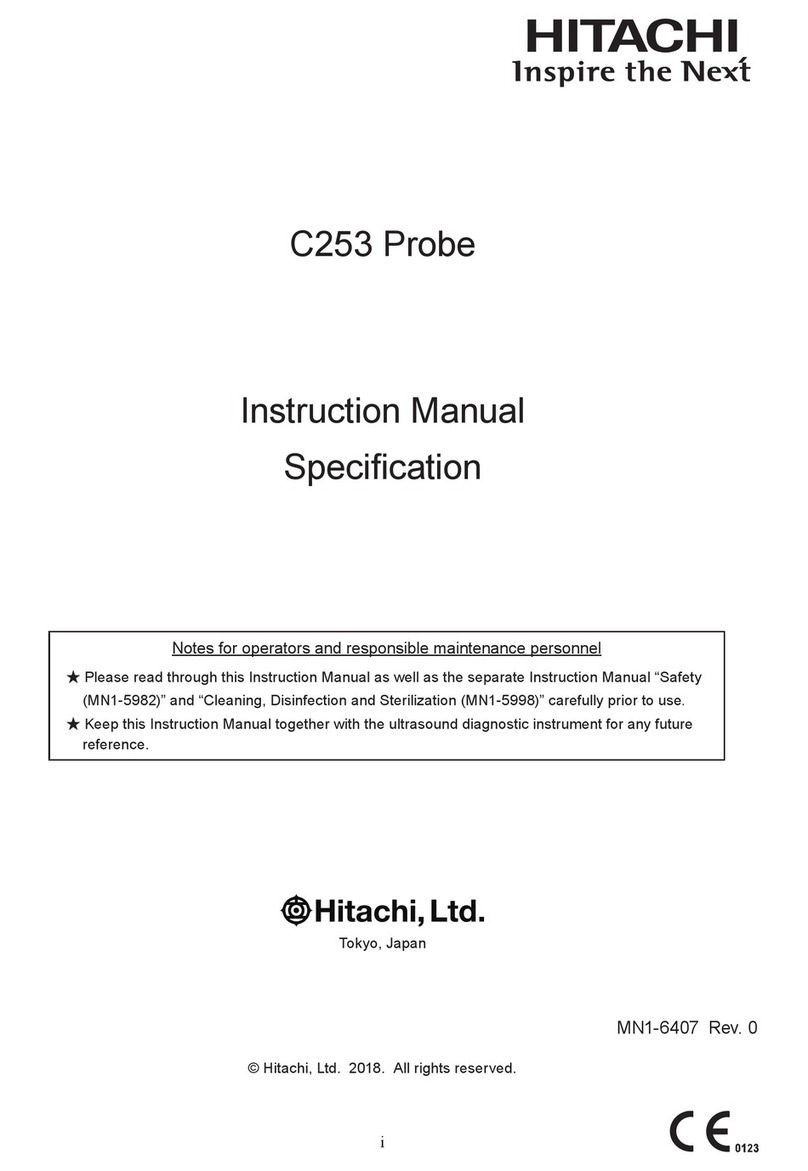
Hitachi
Hitachi C253 User manual

Hitachi
Hitachi L53K User manual
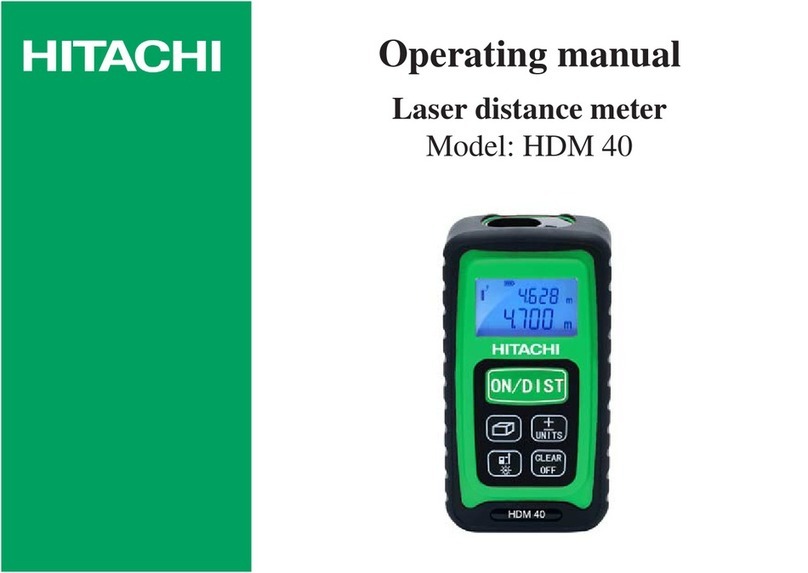
Hitachi
Hitachi HDM 40 User manual
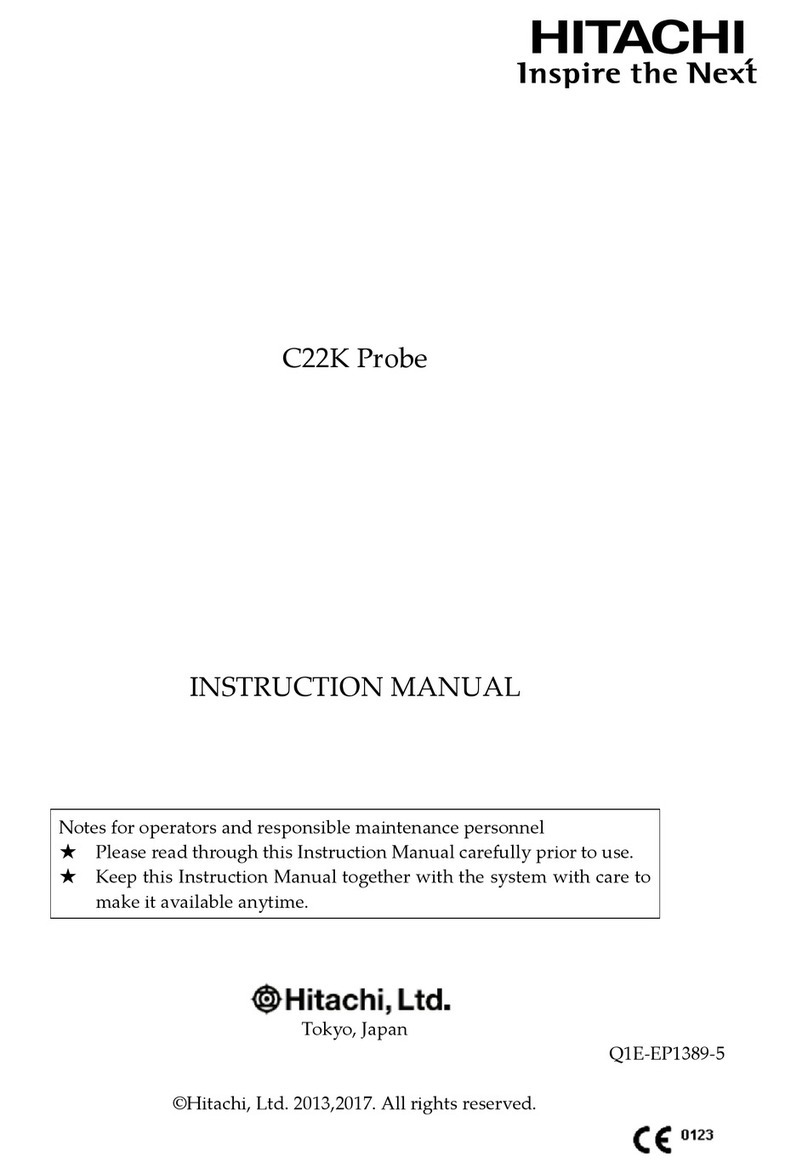
Hitachi
Hitachi C22K User manual
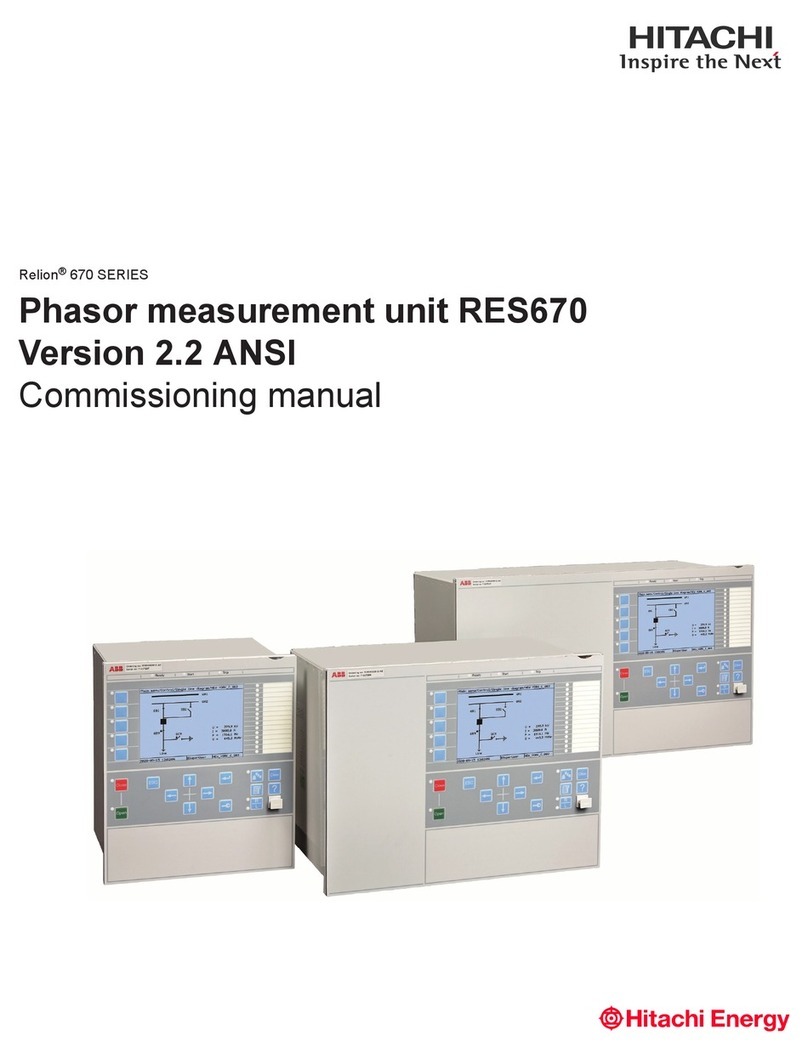
Hitachi
Hitachi RES670 Quick start guide
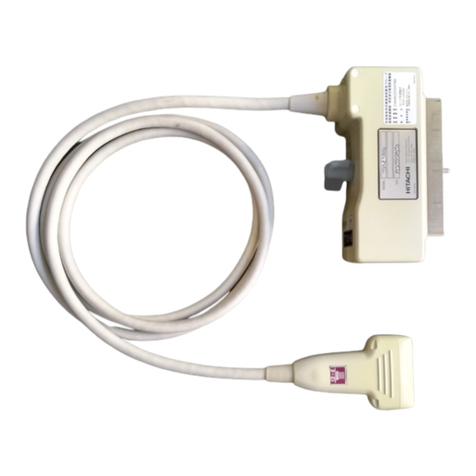
Hitachi
Hitachi EUP-L54MA User manual

Hitachi
Hitachi TransPortal Operating instructions
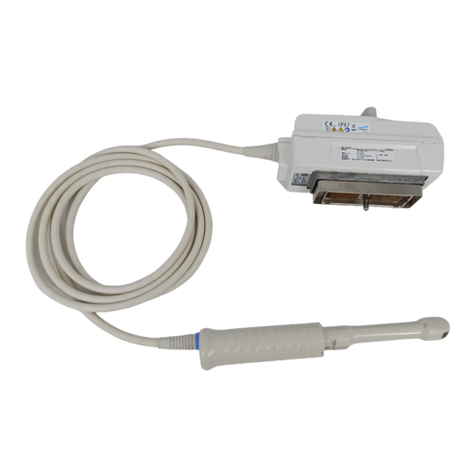
Hitachi
Hitachi UST-676P User manual

Hitachi
Hitachi UST-5550 User manual

Hitachi
Hitachi Relion 670 Series Quick start guide

Hitachi
Hitachi EC2-605 User manual

Hitachi
Hitachi C41V1 User manual
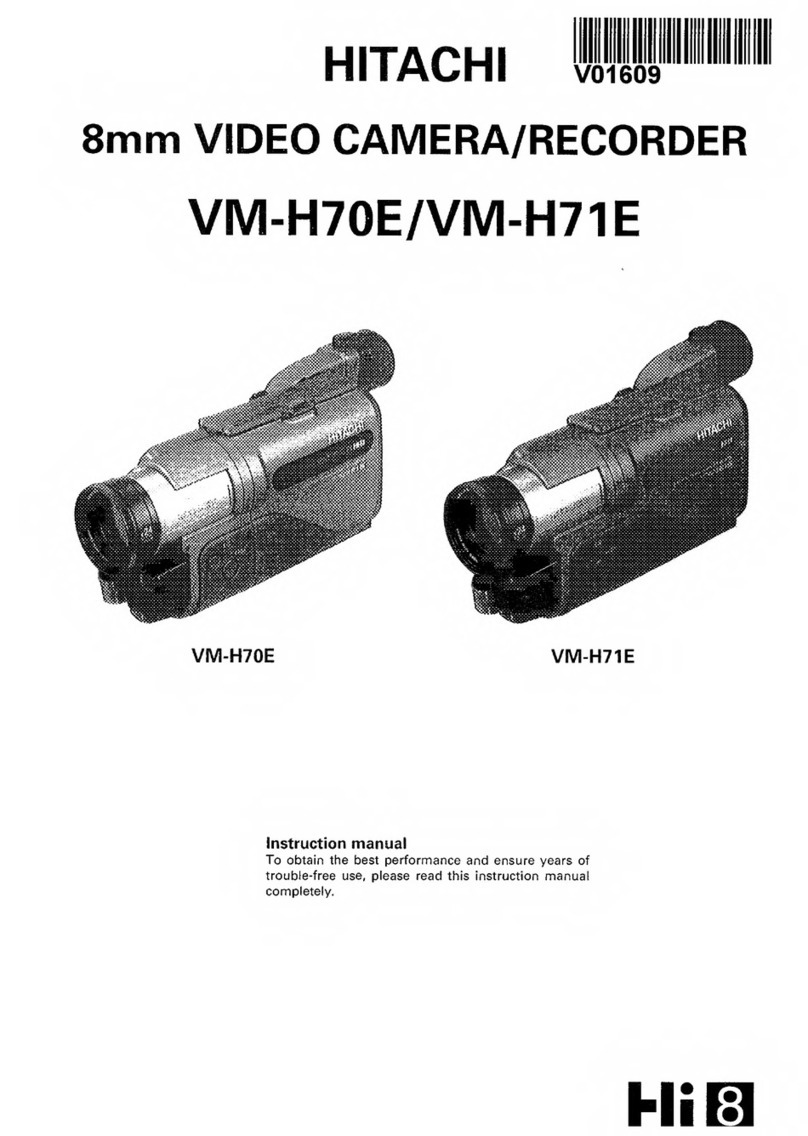
Hitachi
Hitachi Hi8 VM-H70E User manual
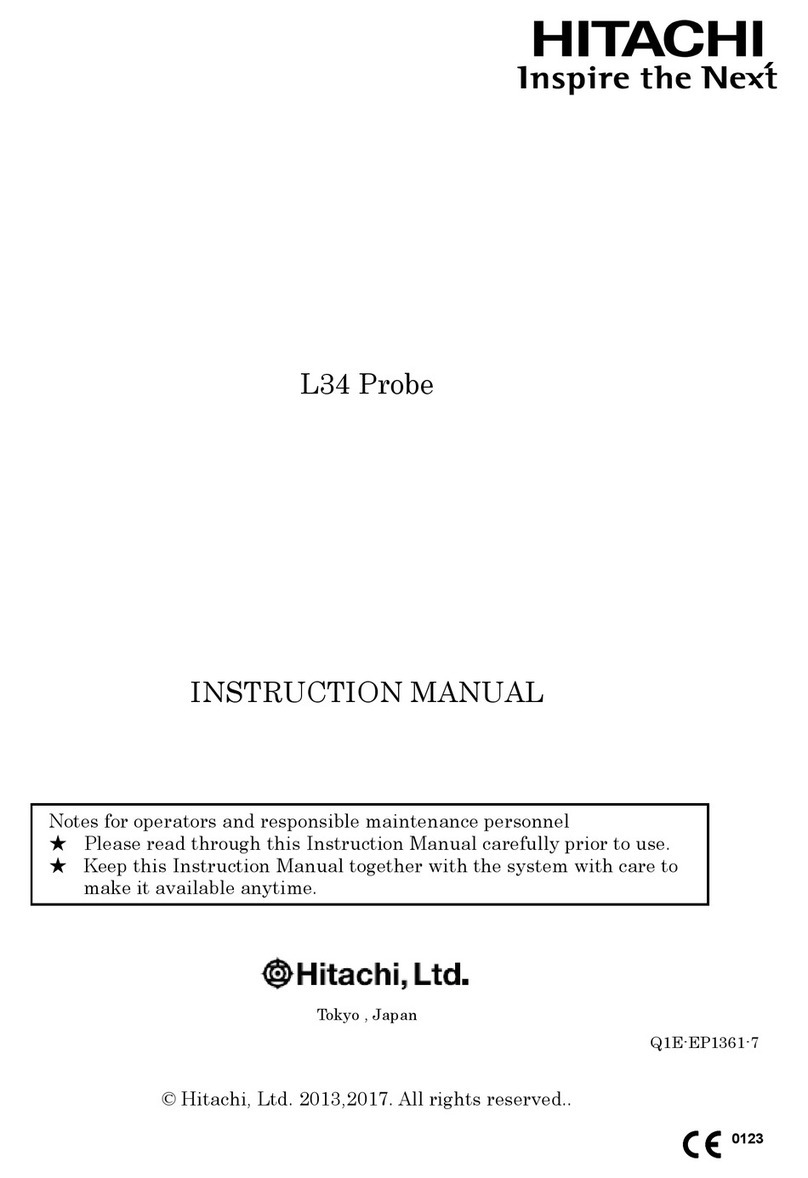
Hitachi
Hitachi L34 User manual

Hitachi
Hitachi U-2810 User manual
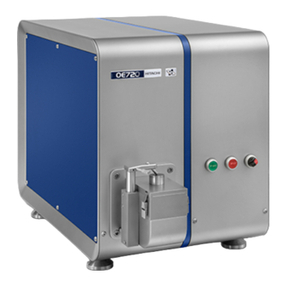
Hitachi
Hitachi OE700 Series User manual

Hitachi
Hitachi S3ESL1 User manual
Popular Measuring Instrument manuals by other brands

Powerfix Profi
Powerfix Profi 278296 Operation and safety notes

Test Equipment Depot
Test Equipment Depot GVT-427B user manual

Fieldpiece
Fieldpiece ACH Operator's manual

FLYSURFER
FLYSURFER VIRON3 user manual

GMW
GMW TG uni 1 operating manual

Downeaster
Downeaster Wind & Weather Medallion Series instruction manual

Hanna Instruments
Hanna Instruments HI96725C instruction manual

Nokeval
Nokeval KMR260 quick guide

HOKUYO AUTOMATIC
HOKUYO AUTOMATIC UBG-05LN instruction manual

Fluke
Fluke 96000 Series Operator's manual

Test Products International
Test Products International SP565 user manual

General Sleep
General Sleep Zmachine Insight+ DT-200 Service manual
